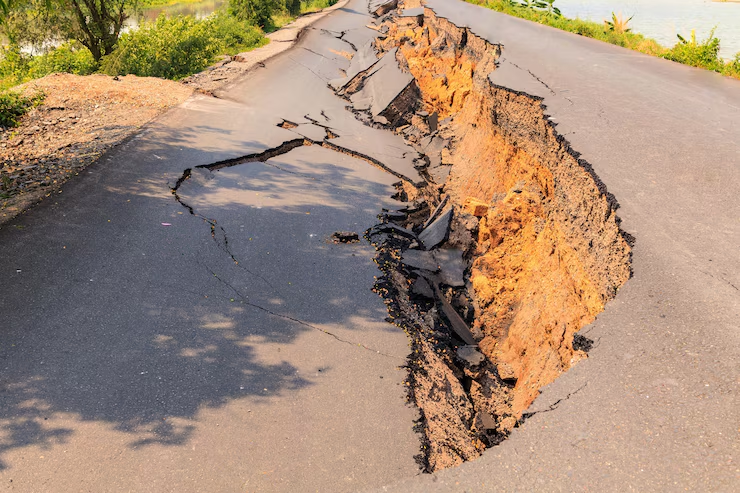On January 7, 2025 a 7.1-magnitude struck the isolated region of the Tingri County of Tibet, China. The earthquake sent tremors across the Himalayas and Central and South East Asia.
Over four hundred are reported to be injured, and at least 126 are confirmed dead in the Tibet region, however officials expect this number to rise as many are still unaccounted for and/or trapped under debris and wreckage. Reports from local Tibet and Chinese officials report that over 27,500 buildings have been destroyed including 3,612 homes leaving hundreds homeless in freezing temperatures and being at risk for hypothermia.
According to the People’s Daily, a Chinese state-run news station, estimates more than thirty thousand people have been relocated in the region surrounding the epicenter and thousands were faced with temporary power outages that were resolved by January 8.
The earthquake struck at 9:05 a.m. local time and was followed by several strong aftershocks. Since January 7, over five hundred aftershocks have been reported in the region causing rescue efforts to be slowed or halted.
The epicenter of the earthquake occurred between the two Indian and Eurasian tectonic plates. These two tectonic plates make the regions that surround the Himylayas prone to frequent and intense earthquakes. The earthquake struck less than fifty miles north of Mt. Everest, the world’s largest mountain.
The earthquake has now become the strongest earthquake to strike China in recent years. Tibet has had a long and devastating history of seismic activity with the region seeing more than over thirty plus 5.0 magnitude earthquakes in the past thirty years alone.
The large death toll is largely being attributed to the region’s poorly constructed buildings that often lack the resources to build structures that can resist earthquakes. The regions most impacted by the earthquake, the Tingri, Lhatse and the Sa’gya Counties have faced insurmountable devastation of its few major cities, towns, and highways.
The earthquake has especially impacted the region’s historic religious sites, including covenants and temples that have been crucial to the region’s cultural history and tourism.
The city of Shigatse, which is home to over eight hundred-thousand people and has held the traditional seat of the Panchen Lama, the second leader of Tibetan Buddhism, was heavily impacted by the earthquake and has experienced several strong aftershocks since the initial earthquake.
BBC reports that the Dalal Lama, who currently resides in Northern India in self imposed exile, is “deeply saddened” by the earthquake’s destruction and will hold an “extended prayer” for victims and those affected in the Tibet region.
Attaining information from Chinese officials regarding the response effort by international news organizations is limited, as the Chinese government has a strict control over internet access in the Tibet region. International and native reporters are required to have a government permission to reach and report in the region, causing all information regarding the earthquake to come from Chinese state media.
Since the earthquake, over 1,600 soldiers from the People’s Liberation Army and military police have been sent to Tibet to join in rescue efforts, along with the Chinese Red Cross Society that has amassed over 4,600 items of disaster relief supplies.

